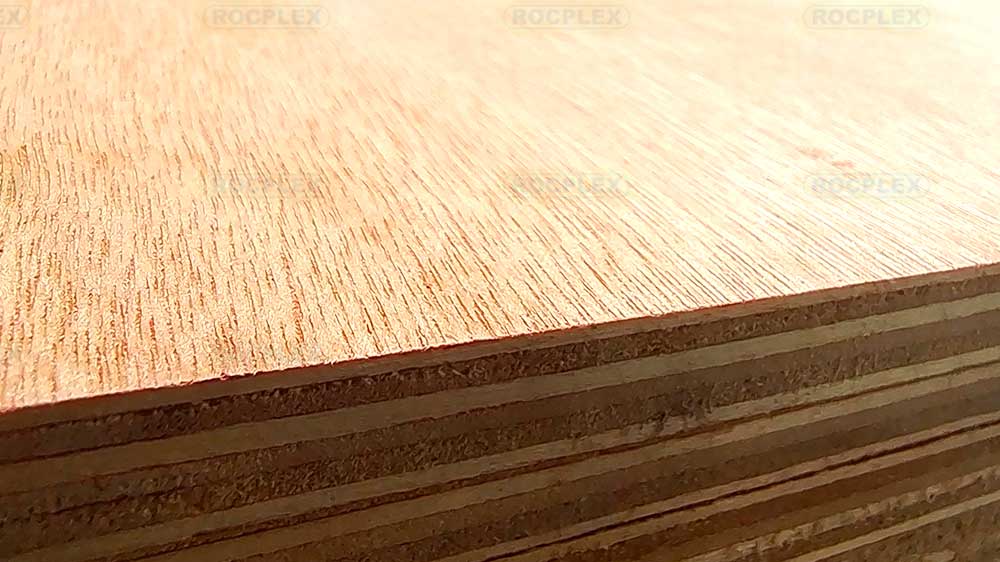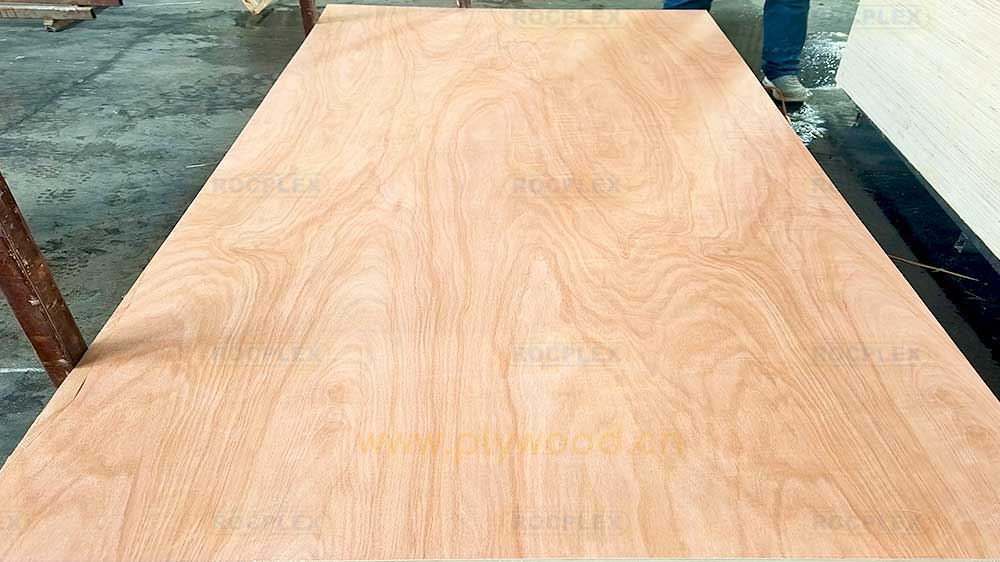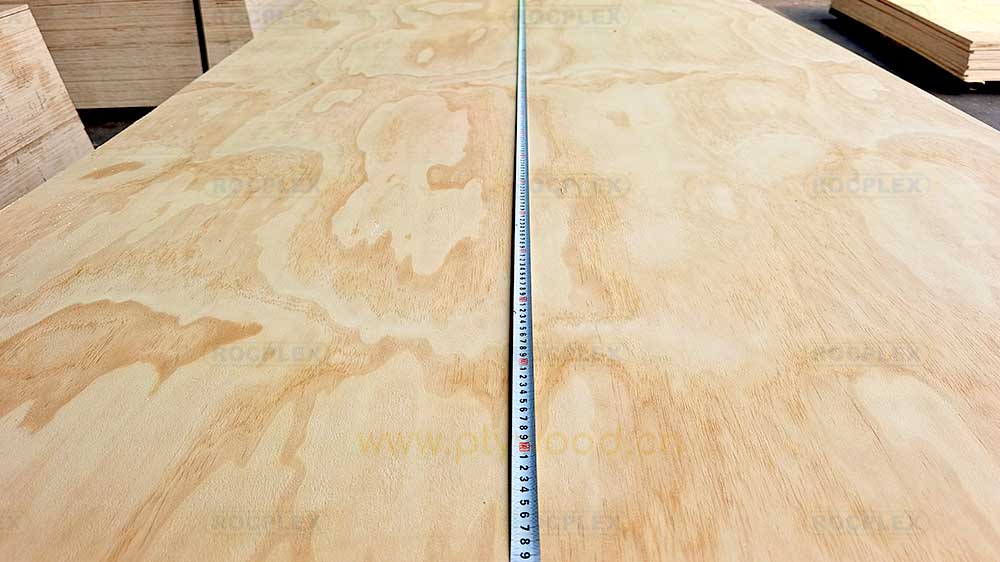What is 18mm Plywood?
18mm plywood, a staple in construction and carpentry, stands out for its unmatched durability and versatility. This thick plyboard merges several layers of wood veneer, offering a blend of strength and flexibility that’s hard to find in other materials. Ideal for a wide range of applications, from furniture to flooring, it’s the backbone of projects demanding reliability.
The Backbone of Construction Projects
Durability Meets Versatility
In the world of construction, 18mm plywood is synonymous with resilience. Its thickness ensures a sturdy foundation, making it a preferred choice for high-traffic areas. Whether it’s for subflooring or cabinetry, this plyboard withstands the test of time, resisting wear and tear like no other.
18mm plywood Eco-Friendly and Sustainable
Amid growing environmental concerns, 18mm plywood offers a green solution. Sourced from sustainable forests, it represents a commitment to eco-friendly practices. By choosing this plywood sheet, projects contribute to a healthier planet, embracing sustainability without compromising on quality.
Aesthetic Appeal
Beyond its functional benefits, 18mm ply adds aesthetic value. Its smooth surface is ready for paints and veneers, allowing for customization that meets any design vision. This adaptability makes it a favorite among architects and designers, eager to blend functionality with style.
18mm Plywood Revolutionizing Interior Design
Flexibility in Design
The adaptability of 18mm plywood sheet goes beyond structural applications. Its use in furniture and interior design projects showcases its ability to be molded into various shapes and sizes, providing a canvas for creativity. From modern minimalist pieces to intricate designs, it supports a broad spectrum of aesthetics.
18mm Plywood Cost-Effective Solutions
Amid economic considerations, 18mm ply wood emerges as a cost-effective material. Its durability means long-term savings, reducing the need for frequent replacements. For businesses and homeowners alike, it offers an affordable path to achieving high-end looks without breaking the bank.
Versatility for Exterior Projects
The strength and moisture resistance of 18mm ply make it an excellent choice for outdoor projects. From decking to garden furniture, it withstands the elements, ensuring longevity and performance. This versatility opens up new avenues for homeowners to enhance their outdoor living spaces, blending functionality with nature’s beauty.
18mm Plywood Sustainability in the Great Outdoors
Choosing 18mm plywood for outdoor applications also reflects a commitment to sustainability. Its durability means less frequent replacements, reducing waste and promoting a more sustainable approach to outdoor design. By selecting this eco-friendly option, projects contribute to a cycle of sustainability that benefits the environment and future generations.
Innovations in Plywood Technology
Advanced Manufacturing Processes Of 18mm Plywood
The production of 18mm ply has seen significant advancements in technology. Modern manufacturing techniques have improved its quality and consistency, ensuring that each plywood sheet meets high standards of strength and durability. These innovations also allow for greater precision in cuts and finishes, enabling complex designs and applications.
Enhanced Performance Features
Today’s 18mm plyboard comes with added features, such as improved moisture resistance and fire retardant properties. These enhancements make it suitable for a wider range of applications, from commercial buildings to residential projects, providing peace of mind and added safety.
18mm Plywood Is Future of Construction and Design
A Material for the 21st Century
As the construction and design industries evolve, 18mm plywood stands at the forefront of material innovation. Its combination of durability, versatility, and sustainability aligns with the demands of modern projects. Looking ahead, this plyboard is set to play a pivotal role in shaping the future of construction and design, offering solutions that are both practical and environmentally responsible.
Empowering DIY Enthusiasts
The accessibility and ease of use of 18mm plywood have empowered a new wave of DIY enthusiasts. With basic tools and some creativity, individuals can undertake a variety of projects, from home improvements to custom furniture, demonstrating the material’s broad appeal and versatility.
A Nod to Craftsmanship
While 18mm plywood is celebrated for its modern applications, it also pays homage to traditional craftsmanship. Its versatility allows artisans and craftsmen to explore new designs while respecting time-honored techniques. This balance between innovation and tradition enriches the craft, offering new possibilities without losing sight of the past.
Collaboration Across Industries
The use of 18mm plywood fosters collaboration across various industries, from construction and design to art and education. By providing a reliable and adaptable material, it encourages cross-disciplinary projects that blend functionality with creativity, leading to innovative outcomes that push the boundaries of what is possible.
18mm Plywood Sustainable Practices for a Better Tomorrow
Reducing Carbon Footprint
The production and use of 18mm plywood contribute to reducing the carbon footprint of construction and manufacturing projects. By opting for this sustainable material, industries can lower their environmental impact, moving towards a greener future. This commitment to sustainability is not just about meeting current needs but about ensuring a livable planet for future generations.
Encouraging Responsible Forestry
The demand for 18mm ply wood also promotes responsible forestry practices. With a focus on sustainability, manufacturers are increasingly sourcing their wood from certified forests, where reforestation and biodiversity are prioritized. This approach ensures a continuous supply of raw materials without depleting natural resources, supporting the health of our planet.
The Impact on Global Markets
Driving Economic Growth
The popularity of 18mm plywood has a positive impact on global markets. By fueling demand for sustainable building materials, it drives economic growth in the forestry and manufacturing sectors. This growth is not just about profits; it’s about creating jobs and supporting communities around the world.
Setting Trends in Global Construction
As 18mm plywood becomes a material of choice in global construction, it sets new trends in sustainability and innovation. Projects worldwide are showcasing how this versatile material can be used to meet the challenges of modern construction, from environmental concerns to the need for durable and cost-effective solutions.
18mm Plywood Leading the Way in Construction
18mm plywood is not just a material; it’s a revolution in the construction and design industries. Its unmatched durability, versatility, and commitment to sustainability make it a key player in shaping a more sustainable, innovative, and beautiful world. Whether for a DIY project at home, a major construction endeavor, or an artistic installation, 18mm ply wood stands as a testament to what is possible when innovation meets sustainability.
FAQs
What is 18mm plywood used for?
18mm plywood is used for a variety of applications, including construction, flooring, cabinetry, furniture making, and outdoor projects, thanks to its durability and versatility.
Is 18mm plywood suitable for flooring?
Yes, 18mm plywood is highly suitable for flooring, especially in areas requiring strength and stability, due to its thickness and durability.
What is the lowest quality plywood?
The lowest quality plywood is often referred to as “D-grade,” which has the most knots, splits, and imperfections, suitable for applications where the appearance is not a priority.
Is MDF stronger than plywood?
MDF is generally denser than plywood but not necessarily stronger in all respects. Plywood tends to have better resistance to moisture and shear forces, making it more suitable for structural applications.
What is the cheapest grade of plywood?
The cheapest grade of plywood is usually CDX or D-grade, used primarily in structural applications where the finish is not visible, such as subflooring or roofing bases.
Post time: Apr-07-2024




